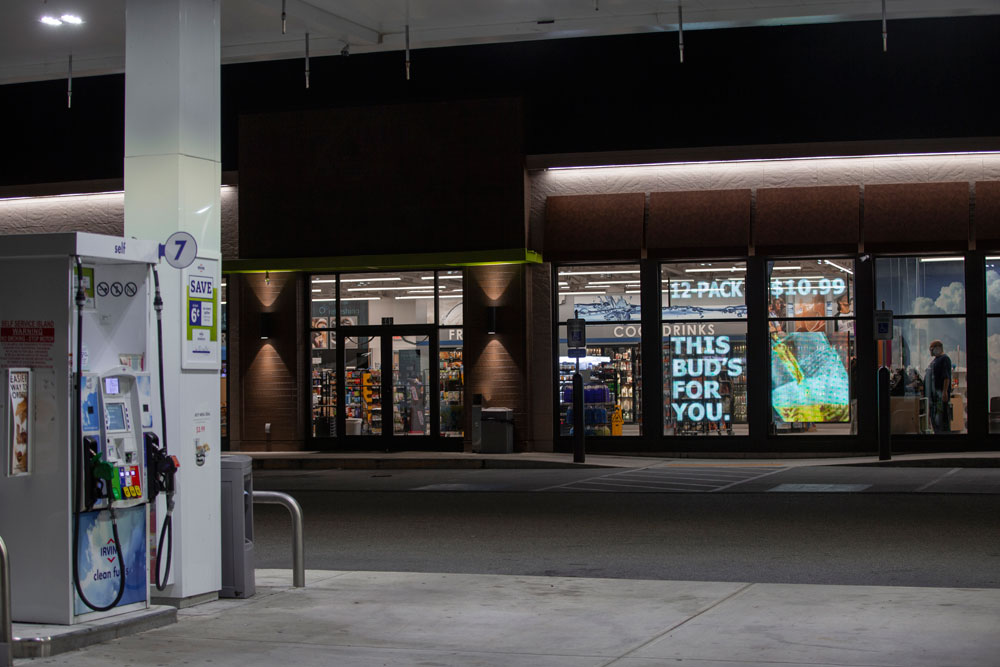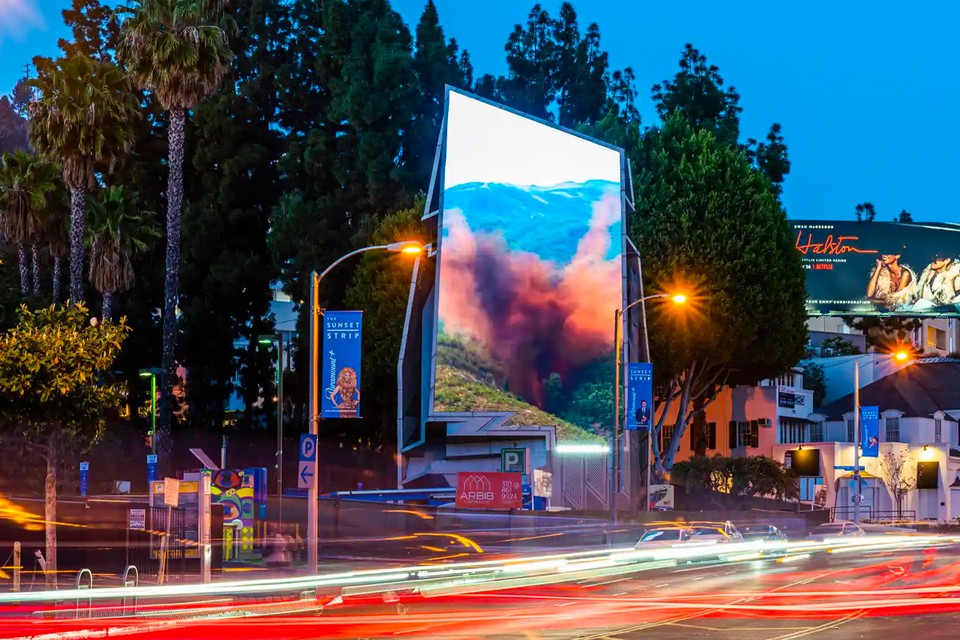Interesting article by Katie Kochelek outlining the suspected retail recovery in 2021 and the driving factors
Convenience is king
Pivot. There’s that word again. If you picked up a news article, sat in on a strategy meeting, or rewrote a business plan, you’ve likely encountered it over the last year. And to merchants, it became a crucial game plan to weather the storm.
Back in March, retailers found themselves revisiting their playbooks and being forced to implement programs that were still in their infancy stage. Services like buy online, pickup in store, curbside pickup, locker systems, and self-service technology were all promising concepts in the years leading up to now, with many stores dipping their feet in the water to test them.
Then 2020 fast-tracked these programs. Stores were forced to work out kinks on the fly, while customers were more willing to participate in services designed to mitigate safety risks.
This quick adoption out of necessity has revealed to shoppers how convenient these programs are — pandemic or no pandemic. Saving time by placing a digital purchase that someone else shops for or ensuring an order is correct by entering it through a self-order kiosk means customers have become accustomed to the expediency and ease these services offer. And with more people becoming adept at utilizing the technology that goes along with these programs, expect to see them as the new norm in top-notch customer service.
Technology for safer in-store merchandising
We humans are pretty hardwired to form habits. Even long after a threat, we still hold traces of memory that influence our behavior. Think the fight or flight response left over from our cro-magnon days, or why you might remember your Depression-era grandparents saving money under the mattress.
The pandemic will be no exception. “Shoppers are going to be even more aware of microbes and bacteria that can cause the spread of disease or illness,” Creative Director Ryan Lepianka said. “As a result, touchless demonstration options are going to be more attractive in store, while still allowing consumers to physically see and interact with products.”
These touchless options can be as simple as motion activation or video loops on a merchandising display to grab a customer’s attention; or they can be more comprehensive tools like touchless interactive kiosks, voice recognition, and lift and learn technology to keep contact at a minimum.
Major developments of contactless solutions in the point of purchase industry coupled with a more health-cognizant shopper means we’ll notice displays and kiosk programs incorporating these options more frequently in the future.
The new look of brick-and-mortar
While physical stores suffer the brunt of the pandemic’s consequences, e-commerce has stepped in to save the day for retailers that have robust digital platforms. But with brick-and-mortar’s eventual return, customers will be met with a new kind of shopping trip thanks to lessons learned in 2020.
Our experts cited everything from smaller footprint stores to continued creative partnerships between big box and branded stores like the recent collaboration between Kohl’s and Sephora. With the heavy burden placed on our delivery channels this holiday season, we’ll also see more stores using their backrooms as inventory hubs to reduce delivery time and expenses on digital orders.
And while we’d like in-store shopping to bounce back quickly, the reality is that it’ll be a gradual process due to many variables. Because of this, inventory will remain limited, even as store traffic slowly increases.
David Anzia, senior vice president of sales, explained, “In-store traffic will pick up throughout the year, but inventory will continue to be low. If specific merchandise doesn’t exist in store, customers will want to have product delivered to their homes.” He goes on to say, “as a result, contactless kiosks and infinite aisle ordering will be a focus in 2021.”
What about that “experiential retail” buzzword that dominated retail news for the past few years?
“I expect the retail trend will continue in the direction of ‘experience’ over ‘frugality,'” Lepianka asserted. “It’s going to be important to entertain and intrigue customers if we want to give them a reason to return to the brick-and-mortar option.”
The art of connection
If there’s one thing the pandemic revealed, it’s that there’s a very real need for human connection. We bore witness to the creative lengths people went to achieve this, whether it was through Zoom parties, birthday trains, or cardboard signs that dotted neighborhood lawns congratulating their graduates.
The past year has really emphasized the importance of “connection,” whether it’s person-to-person or brand-to-consumer. And this new appreciation for its significance will be key for the point of purchase industry.
“Now, more than ever, ensuring your merchandising display or kiosk grabs attention and emotionally connects with a shopper is vital,” said Cheryl Lesniak, integrated marketing manager affirms.
She explained the value of using brand imagery and stories, video, and technology that surprises and delights. “These are all dynamics that get you noticed in a world of constant marketing messages,” she said. “But more so, these elements are going to elicit feelings and response from customers — whether that be excitement, trust, investment, or all of the above.”
Conclusion
So does the 2021 future look bright? I think there is a lot of cautious hope that this year could be a palate cleanser after the last 12 months. It’s been a rocky road that we’re still traveling, but with the lessons learned from 2020, we anticipate retail and the point of purchase industry will reemerge with a better understanding of how to position for a successful future.







